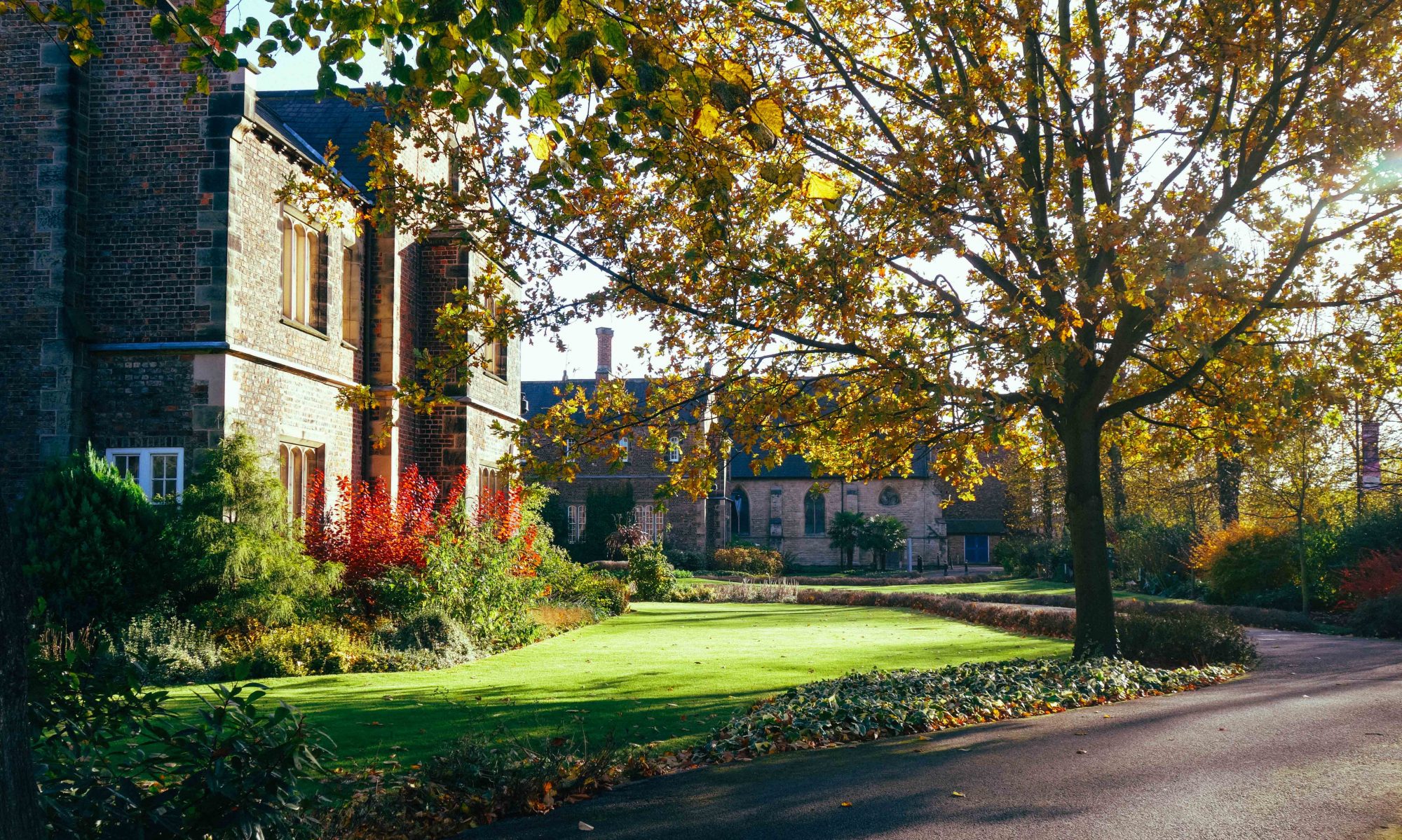by Amy McCarthy and Rachel Louise Atkin
To celebrate LGBT History Month, a group of poetry enthusiasts gathered together in the Eagle and Child to discuss Frank O’Hara’s ‘Lunch Poems’ alongside other legendary LGBT writers – appropriately over lunch. We leave the streets of York to go to the bustling streets of Manhattan. As O’Hara composed his poetry during his lunch hours, the group bounced off each other’s analyses.

Frank O’Hara’s ‘Song’, a poem about people watching ‘where the tough Rocky’s eaves hit the sea’, seemed particularly relevant to us as we were able gaze out and watch the people bustling about in the city below us. This is a poem about movement, evident in its use of enjambment as though the words move too fast for the lines to catch up. The objects around O’Hara take on human forms – books have ‘trousers and sleeves’ and trains ‘run and shout’. New York becomes a people city, and specifically a fast one, where even inanimate objects absorb the speed and activity of those around it. It seemed appropriate to be reading such a poem, and hearing the clinking of glasses and footsteps from the rest of the pub.
‘Ave Maria’ has many layers to it as a poem about sexuality. The overarching theme is censorship of sex. O’Hara argues the youth of America should be allowed to go to the cinema and experience storylines besides their own narrative and therefore understand their sexuality. Yet, the mothers of America would also have the time to engage with their sexuality. The poem says ‘they may even be grateful to you / for their first sexual experience / which only cost you a quarter’; sexual encounters are an exchange and the cinema becomes a place of pleasure. With gay bars being regularly raided and patrons harassed by police, (which led to the Stonewall Riots of 1969), the cinema was a queer space to occupy and to safely meet other people.
Throughout the poem, tension between pleasure and the drama of encounter is explored
Cheryl Clarke’s ‘living as a lesbian on 49’s final eve’ explores sexuality later in life – in comparison to the other poets discussed this lunch time. Clarke explores the nature of desire and whether sex is patriarchal and an experience of power. Throughout the poem, tension between pleasure and the drama of encounter is explored as the narrator writes: ‘Tear off my clothes in the middle of the road’. It is a transitional poem as the narrator first says she shouldn’t be happy to be chosen by a woman just because she is an older woman, but then the poem shifts to acceptance of love.
The group moved on to discuss ‘Many Loves’ by Allen Ginsberg and its explicit content. ‘Many Loves’ contrasts the hyper-masculine figure of Neal Cassady with the delicate body of Allen Ginsberg. Written early in Ginsberg’s career, it is subversive even now as early sexual awakenings are unearthed. Ginsberg allows his masculinity to fade from the picture. Walt Whitman’s epigraph chosen for the poem: ‘Resolved to sing no songs henceforth but those of manly attachment’, is from the Calamus poems from Leaves of Grass – which explores homosexual love. As Whitman was revolutionary in the nineteenth-century, Ginsberg takes on the batten in the twentieth-century to normalise non-heterosexual sex.
When we reached the poem ‘I want a president’ by Zoe Leonard, we thought it had been written yesterday. It was, in fact, published in 1992, but the phrase ‘I want a president that had an abortion at sixteen and I want a candidate who isn’t the lesser of two evils’ seemed more relevant now than ever. In a space where we could discuss queer poetry with confidence, we examined the way Leonard used words such as ‘dyke’ and ‘fag’ as a method of empowerment rather than demonization. Although some argued that there was an attempt to normalize these words, Leonard relies on the obscenities to create a contrast. She wants ‘to know why this isn’t possible’, and the language in this poem is an attempt to place these two spheres together.
After the food and poetry was over, the group dispersed onto the busy streets of York, perhaps with just a little more to say on the queer history of 20th century poetry.
For more information on the York LGBT History Month events, follow this link: http://yorklgbthistory.org.uk/

![image[1]](https://i0.wp.com/blog.yorksj.ac.uk/englishlit/files/2016/04/image1-e1459502936427-225x300.jpeg?resize=225%2C300)
![image[2]](https://i0.wp.com/blog.yorksj.ac.uk/englishlit/files/2016/04/image2-e1459502658337-225x300.jpeg?resize=225%2C300)
